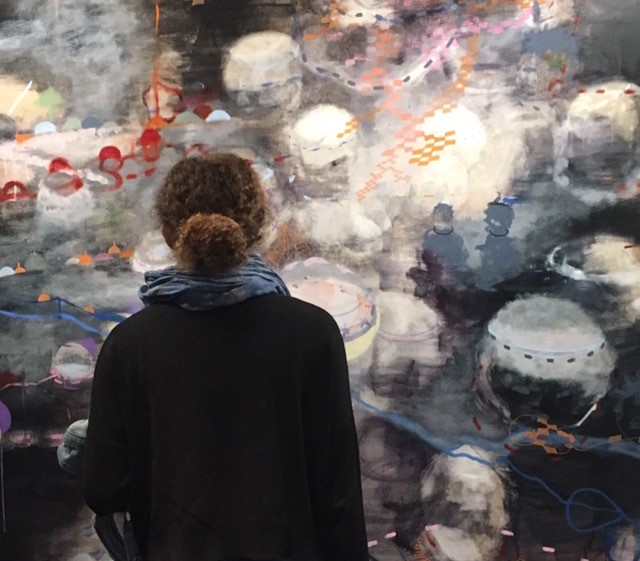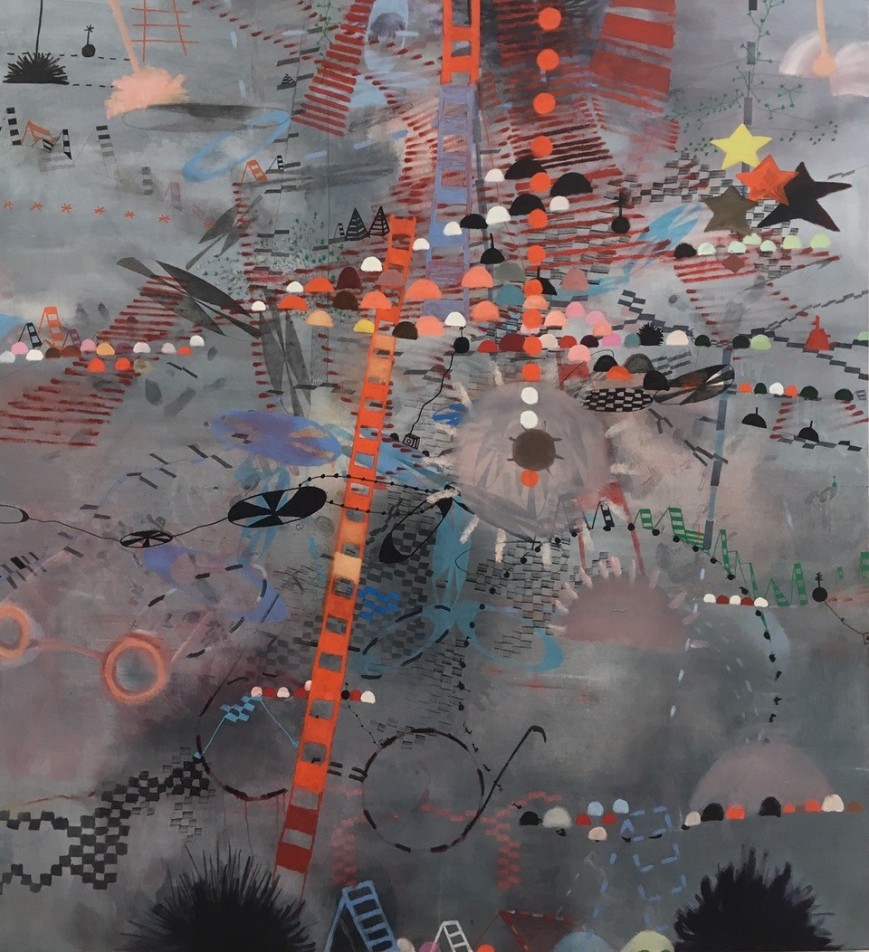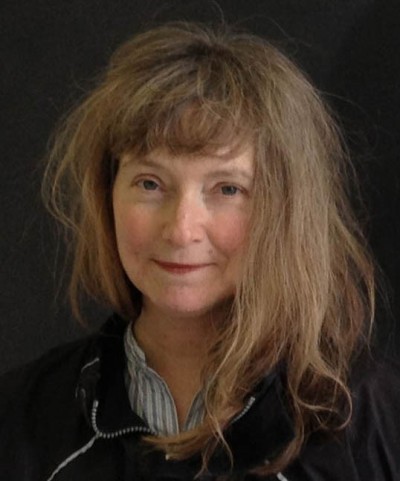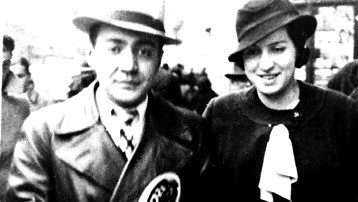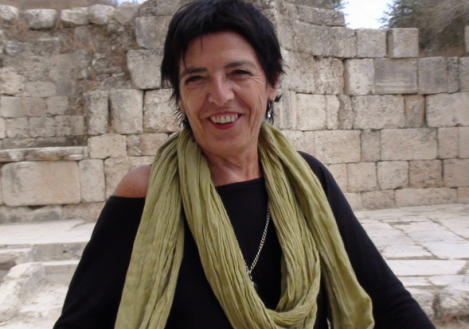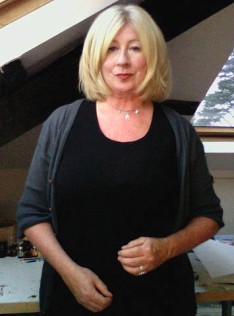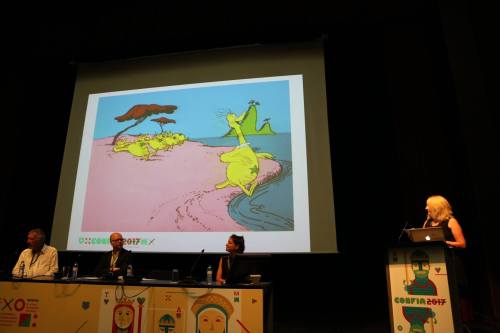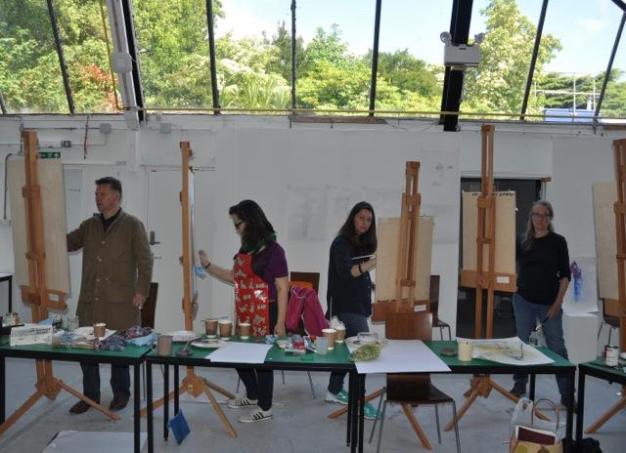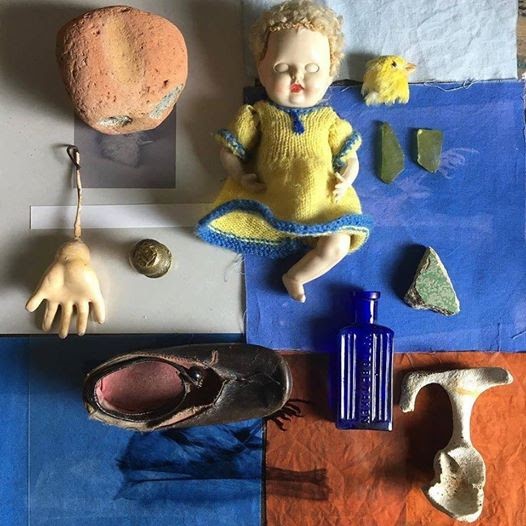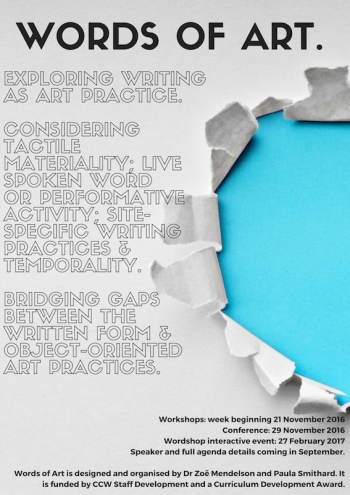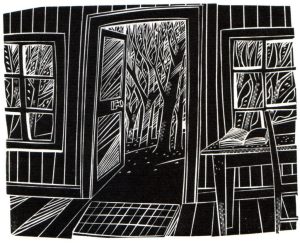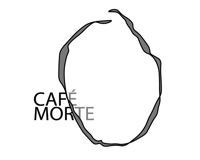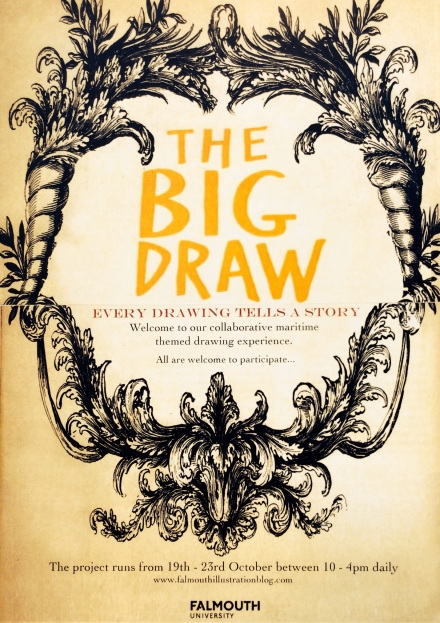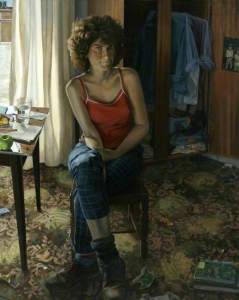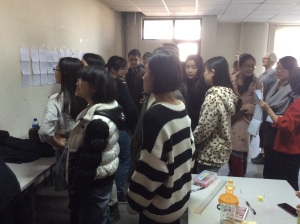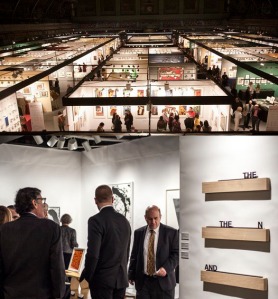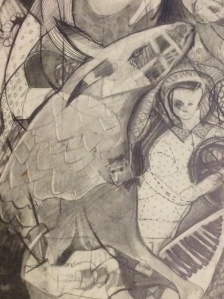Published by the British Council VOICES Magazine, full article here: https://www.britishcouncil.org/voices-magazine/gemma-anderson-take-drawing-seriously-mode-enquiry

By Gemma Anderson
Does art simply represent the world ‘as it is’, or does it find other aspects in it, aspects that people wouldn’t normally detect? Gemma Anderson, who creates art in collaboration with scientists, explains why it is possible to be more than an illustrator when drawing and painting the world.
You use the term ‘isomorphology’ in relation to your work. What does it mean?
I created the term, based on the Greek isos, meaning same, morphe meaning form, and logos, meaning study.
In my drawing practice, I had started to see similarities in shapes repeated across the natural world. I noticed that certain sets of patterns recur in the animal, vegetable and mineral kingdoms, but I couldn’t find anything that documented these relationships. I realised that, as an artist, I could visualise relationships in a way that would be more difficult for scientists, because their work is so specialised.
What sort of patterns crop up again in nature?
There are several, including spirals, hexagons, different forms of symmetries, spheres, and branching forms.
For example, you might see a spiral in a snail’s shell or in an ammonite fossil. Practically all plants have a spiralling leaf pattern, or phyllotaxis (the scientific term for the arrangement of leaves on a stem). And in the animal world, you see spiral forms in sharks’ egg cases. Even in humans, our heart valves and the cochlea in our inner ears are spiral-shaped.
Why do these patterns repeat?
Scientists and mathematicians talk a lot about this, and there are a lot of answers. But the main reason is that they are efficient. These forms all use space really well. They just allow matter to pack together in a smart way, that also happens to be beautiful.
Which other artists have inspired you?
I interpret a lot of the artist Paul Klee‘s work as a creative study of form that makes unconventional relationships between natural phenomena, which are usually organised separately. For example, in the work ‘Comedy‘ (1921) he draws plant and animal forms together into one body.
I’m also inspired by the German writer Johann Wolfgang von Goethe, who was a polymath and engaged with lots of scientists, although his work wasn’t visual art. His observations about plants were genuinely helpful to botanical scientists.
Are there similarities between the way scientists and artists approach their work?
Both scientists and artists are interested in the study of form. When I started, my expectations were that scientists spend most of their time observing things. I’ve since discovered that much scientific observation is less directly involved with examining the material of the natural world, and more involved with data and modelling. But the process of enquiry does cross over.
How do you work with scientists?
While studying at the Royal College of Art between 2005 and 2007, I began to contact the people who managed the scientific collections at museums and set up meetings where I would ask them if I could draw, say, a certain coral in their collection. At first, only about one person in ten would respond to my emails, so I had to follow up and be persistent. Slowly, I built up relationships with individual curators, who gave me space to draw; and eventually, we became friends. A lot of the relationship is about trust. They don’t have it written into their jobs that they have to help artists, so they are free to ignore your requests.
What’s the difference between your artwork and the sort of scientific illustrations one might see in a textbook?
Traditionally, the pattern is that there’s a scientist and an illustrator who is employed to represent the science. I am using drawing to ‘find’ repetitions in nature. So, although the etchings and drawings may look similar, the motivation behind my work and the questions I’m asking are different. My art represents my own understanding of the natural world, which comes from drawing. It’s qualitative. It isn’t representing a scientist’s understanding, which might come from other more quantitative methods, like DNA barcoding (a way to identify species).
How did you start?
In school, I was keen on drawing and also really liked science. I did biology and art at A-level, and enjoyed the process of mapping structures in each discipline. But learning biology through a textbook wasn’t the way I wanted to do it. Over time, through drawing in scientific collections, I was exposed to a vast range of objects in the animal, mineral and vegetable world, and that’s when I started seeing repeated patterns.
What advice would you give teachers?
Take drawing seriously as a mode of enquiry. Encourage your students to look closely at different examples of plants in the classroom, and they may start to genuinely see the five-fold symmetry or spiralling leaves of a particular flower. Don’t underestimate drawing as a way of learning and making comparisons.
For example, if you look at crystals and insects, there are symmetries in their forms: both have types of bilateral and four-fold symmetry. Crystals are more geometric, and insects are less symmetrical, of course; in real life, you only get the endless variations on these patterns. You never see quite what you expect and that’s part of the fun.
What advice would you give young artists?
I always say to my art students, try to exercise initiative. And if you want to find something out, ask! Don’t fear looking silly. There have been lots of times when I’ve been following a particular line of enquiry that might seem obvious, but not knowing is part of the process. It’s important to ask unconventional questions.
Also, use the freedom to enter lots of different disciplines that comes with being an artist. In most of society, it’s difficult to step outside the normal pattern of your work, but artists can. It’s a rarity that is available to us.


